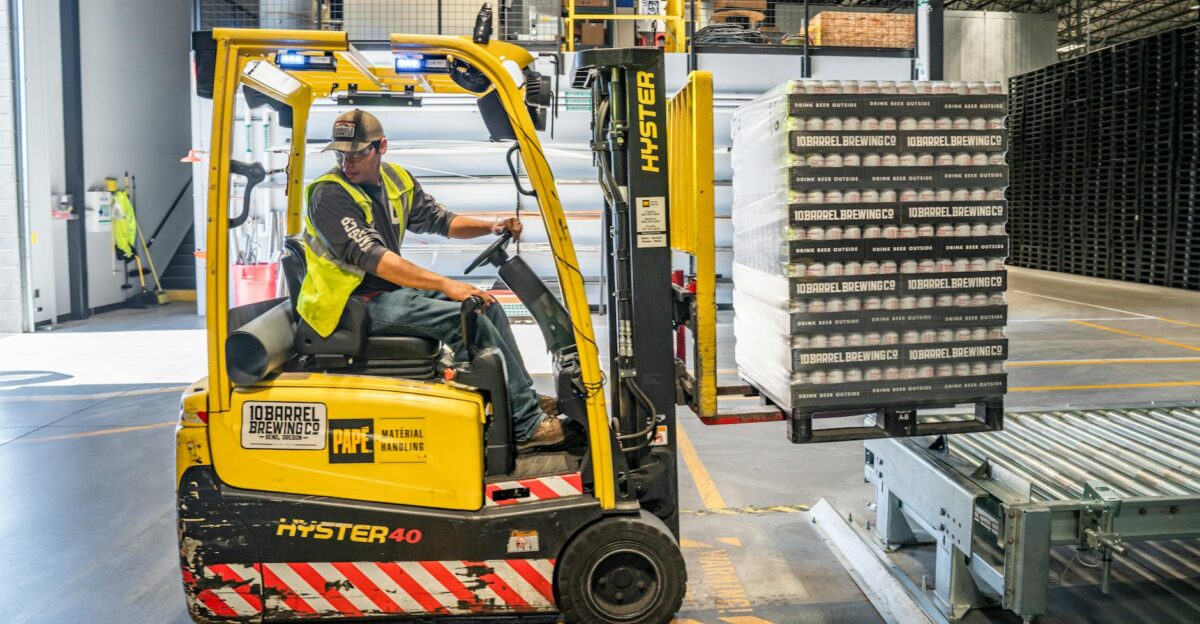
A wave of layoffs swept across the United States in October 2025, upending expectations and sending shockwaves through households and boardrooms alike. On November 6, Challenger, Gray & Christmas reported that U.S. companies announced 153,074 job cuts in October—a figure not seen in over two decades. With official government data unavailable due to a shutdown, this private report became the nation’s primary lens on a rapidly changing job market.
Record Layoffs Break Seasonal Norms

October’s layoff numbers shattered historical patterns, marking the highest total for that month since 2003 and a 175% increase over the previous year. Traditionally, companies avoided mass layoffs before the holiday season, but this year, economic pressures and technological change forced a break from convention. The surge was not isolated to one sector or region; nearly 450 companies announced cuts, signaling a broad-based correction. The layoffs spanned warehouse workers, software engineers, and federal employees, reflecting the widespread impact.
Economic and Technological Forces Collide
Multiple factors converged to drive the October spike. Inflation remained stubbornly high, and business investment lagged as companies faced rising costs and higher interest rates. Many firms, still adjusting after pandemic-era hiring booms, found themselves overstaffed as consumer and corporate spending softened. At the same time, artificial intelligence accelerated its influence, automating tasks and reshaping job roles at a pace faster than previous technological shifts. Economists drew parallels to 2003, when telecom and early internet companies slashed jobs amid industry upheaval, but noted that AI’s reach in 2025 was broader and more disruptive.
Warehousing and Tech Hit Hardest

No sector felt the impact more acutely than warehousing. October saw 47,878 layoffs in this industry—nearly fifty times the previous month’s total. Year-to-date, warehousing job cuts reached 90,418, a 378% jump over 2024. Automation and AI-driven logistics upgrades were the primary culprits, as companies like UPS and Amazon leaned on technology to boost efficiency, reducing the need for human labor. UPS alone eliminated 48,000 positions and shuttered 93 facilities nationwide, while Amazon cut 14,000 corporate jobs in late October.
The technology sector, long considered resilient, was not spared. By October, tech companies had announced 141,159 layoffs, up 17% from the previous year, with 33,281 cuts in October alone. The rapid integration of AI, once a source of hiring booms, now led to widespread job displacement. Artificial intelligence accounted for 48,414 U.S. job losses so far in 2025, ranking just behind cost-cutting as the top reason for layoffs. Most affected were roles in tech and warehousing, where automation delivered immediate savings.
Human Toll and Shifting Corporate Strategies

Behind the statistics, workers faced growing uncertainty. Those laid off in 2025 encountered a tougher job market, with hiring freezes spreading and re-employment rates slower than in previous downturns. Unemployment stretches for months for many, draining savings and confidence, especially as the holidays approach. Morale across offices and warehouses faltered, with employees fearing their departments could be next.
Corporate leaders played a pivotal role in amplifying the turbulence. At Target, incoming CEO Michael Fiddelke’s first move was cutting 1,800 corporate jobs—the retailer’s first major restructuring in a decade. Amazon’s leadership framed layoffs as a “culture” reset, sparking debate about executive accountability. Observers noted a trend of CEOs using layoffs to signal discipline to investors, with stock markets often rewarding austerity even as employees bore the brunt.
Companies responded to profit pressures by doubling down on automation and consolidation. Underperforming sites closed, and investment in AI tools increased, with efficiency becoming the dominant mantra. Economists warned that prioritizing short-term savings risked undermining the workforce that drives long-term growth, raising questions about the future balance between technology and human labor.
Uncertain Outlook Amid Data Gaps

Analysts cautioned that the 2025 layoff wave differed from previous recessions. The cuts were broad-based, affecting both white-collar and blue-collar jobs, and hiring plans dropped 35% year-to-date. With official data frozen by the government shutdown, the true unemployment picture remained unclear, but many expected further spikes once reporting resumed. Experts described the situation as structural rather than cyclical, driven by lasting changes in technology and business strategy.
As the nation waits for federal data to return, the stakes remain high. Whether corporate America continues to slash jobs or stabilizes will depend on consumer demand and government action. For now, the October layoff surge has redrawn the map of work in the U.S., and its aftershocks are only beginning to be felt.